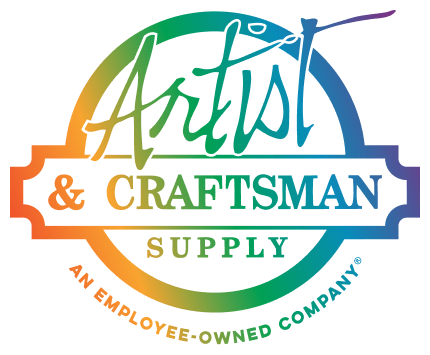Posted by Curry S. on Jan 21st 2020
A Beginners Guide to Calligraphy
#Inktober is over and we're feeling more inspired than ever. A great introduction to working with ink is calligraphy. Take a look at our beginner’s guide to get started!
Invitations, illustrations or just a fun skill to have up your sleeve, calligraphy can serve a variety of different purposes. If you’re just getting into calligraphy, it's easy to become overwhelmed with so much information. Nibs, inks, and different styles of calligraphy are just the beginning. Below are a few basic tips and tricks to get you started.
An Introduction to Modern Calligraphy from Lindsey Bugbee on Vimeo.
Q: How do I choose between Faux Calligraphy, Modern Calligraphy or Traditional Calligraphy?
A: Faux calligraphy is modern calligraphy created with a standard pen you can buy anywhere. You don’t have to jump into calligraphy with all the fancy (and sometimes intimidating) equipment. Practice faux calligraphy until you feel as though you are ready to move on to move on to a dip pen.
Modern calligraphy has a different definition depending on who you ask. It doesn’t follow the same rules as traditional calligraphy, allowing more freedom. If you’re someone who learns better with a structured set of rules, traditional calligraphy might be more your style. Once you’ve introduced yourself to the dip pen, you can decide to practice modern calligraphy, traditional calligraphy, or both!
Q: What tools do I need to start?
A: Keep things simple and start off with the basics. Nibs (the thing the ink comes out of), a straight calligraphy pen, calligraphy ink, paper and a calligraphy worksheet (these are recommended by our go-to calligraphy blogger) are all you really need to purchase at the beginning. You’ll probably be able to find the rest of your supplies at home. That includes an ink container (this can be any type of container or jar that is small and has a screw-on top), an old mug and cloth dinner napkin for cleaning off your nib and making sure it doesn’t rust.
Q: How often should I practice calligraphy?
A: This answer is up to you! The more you practice the better you’ll become. There are tons of resources out there to help you too. Worksheets will help with repetitive movements and muscle memory while staying within the guidelines of the style you’ll be writing in. If you’re feeling discouraged, walk away and try again the next day. Remember that this should be a fun and relaxing activity!


